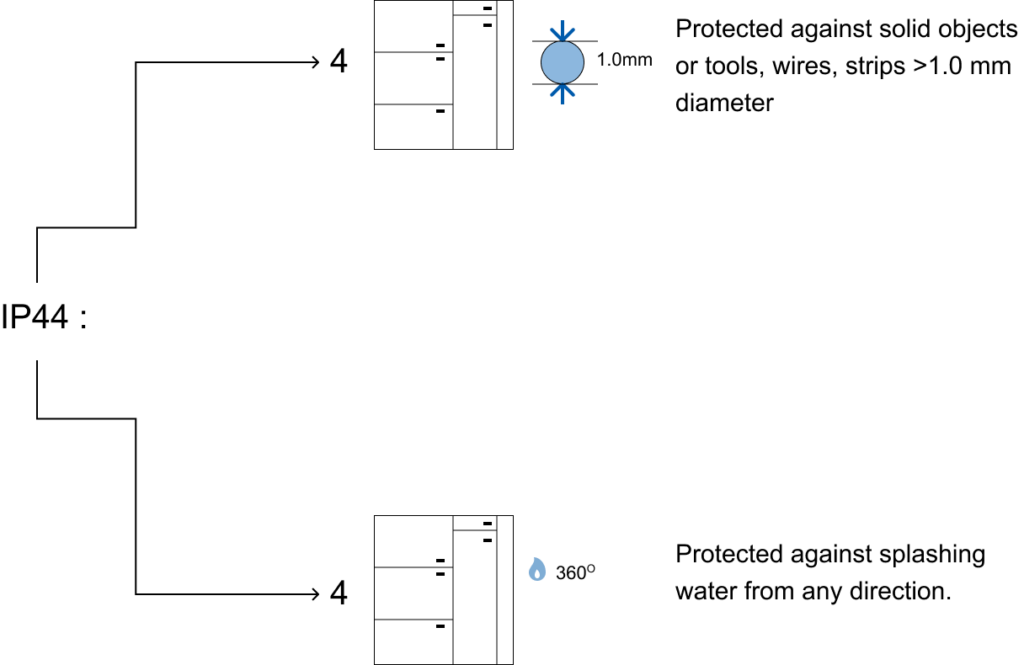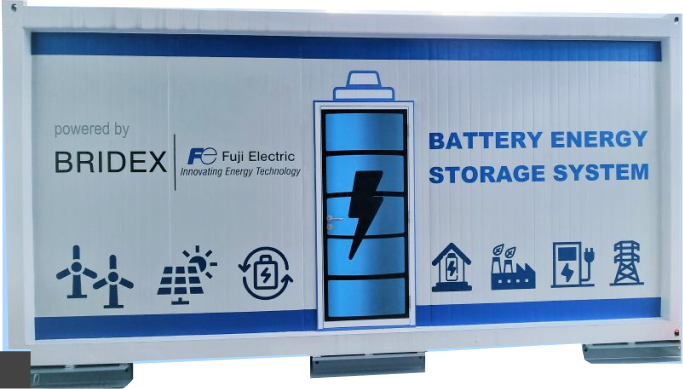TECHNICAL INFORMATIONS
Low voltage switchgear distributes power and protects equipment within a facility’s electrical system. Power is distributed through low voltage circuit breakers and faults are sensed in the system. The fault sensing equipment can open the necessary breaker(s) to clear the fault and maintain power to the rest of the facility.
Switchgear designs are increasingly focused on safety, reliability, and compliance with the latest IEC standards to meet regulatory demands. Modern switchgear is built with higher short circuit capacity, mechanical strength, and arc resistance to reduce arc-flash risks. Operators also seek flexibility in cable termination, easy maintenance, and integrated control and protection for enhanced reliability. The M-Cube switchgear meets all these requirements.
The IEC 61439 series cover low-voltage switchgear and controlgear assemblies, including those used in connection with the generation, transmission, distribution, and conversion of electrical energy, as well as for controlling equipment consuming electrical energy.
There are 3 different methods of verification
It is a checklist to ensure that all of our switchboards are being build in accordance to the IEC 61439 standards. A total of 12 clauses, 10.2- 10.13 have been verified by these methods under the IEC 61439 standard.
No. | Characteristics to be verified | Clauses |
|---|---|---|
1 | Strength of material and parts | 10.2 |
2 | Degree of protection of enclosures | 10.3 |
3 | Clearances and creepage distances | 10.4 |
4 | Protection against electric shock and integrity of protective circuits | 10.5 |
5 | Incorporation of switching devices and components | 10.6 |
6 | Internal electrical circuits and connections | 10.7 |
7 | Terminals for external conductors | 10.8 |
8 | Dielectric properties | 10.9 |
9 | Temperature-rise limits | 10.10 |
10 | Short-circuit withstand strength | 10.11 |
11 | Electromagnetic compatibility (EMC) | 10.12 |
12 | Mechanical operation | 10.13 |
The fundamental change between the old and new standard is the elimination of type-tested assemblies (TTA) and partially type-tested assemblies (PTTA) in favour of the new design verification approach. This new approach was adopted to reflect current market and application requirements through a controlled and consistent approach.
IEC 61439 introduces stricter and more consistent temperature rise requirements, ensuring safer and more reliable switchgear assemblies.
IEC 61439 introduces stricter and more consistent temperature rise requirements, ensuring safer and more reliable switchgear assemblies.
IEC 529 outlines an international classification system for the sealing effectiveness of enclosures of electrical equipment against the intrusion into the equipment of foreign bodies (i.e., tools, dust, fingers) and moisture. This classification system utilises the letters ‘IP’ (Ingress Protection) followed by two digits. The first digit of the IP code indicates the degree that equipment is protected against solid bodies intruding into an enclosure. The second digit indicates the degree of protection of the equipment inside the enclosure against the harmful entry of various forms of moisture (e.g., dripping, spraying, submersion, etc.). Fuji SMBE’s M-Cube switchgear is designed specifically to IP 44.
A higher IP rating would result in poor ventilation of the switchboard and result in poor performance and de-rating of the components.
Therefore, the M-Cube is designed to IP 44 so as to balance safety and performance of the switchboard.

According to the IEC 61641 standard, a LV Switchgear and controlgear assembly shall:
Limit the risk of injuries/accidents for the personnel in case of an internal arc
Limit the damage of the switchboard to the section affected by the fault, thus allowing the non-affected part to be put in safely.
The M Cube assembly is mechanically capable of withstanding the electric arc because of its specially designed frames, hinges and joints along with internal segregation of up to form 4b to confine the arc.
This standard compares resistance to deterioration from salt mist between specimens of similar construction. It may also be used to evaluate the quality and the uniformity of protective coatings.
IEC 60068 determines the suitability of components, equipment or other articles for use, transportation and storage under conditions of high humidity – combined with cyclic temperature changes and, in general, producing condensation on the surface of the specimen. If the test is being used to verify the performance of a specimen whilst it is being transported or stored in packaging then the packaging will normally be fitted when the test conditions are being applied.























































